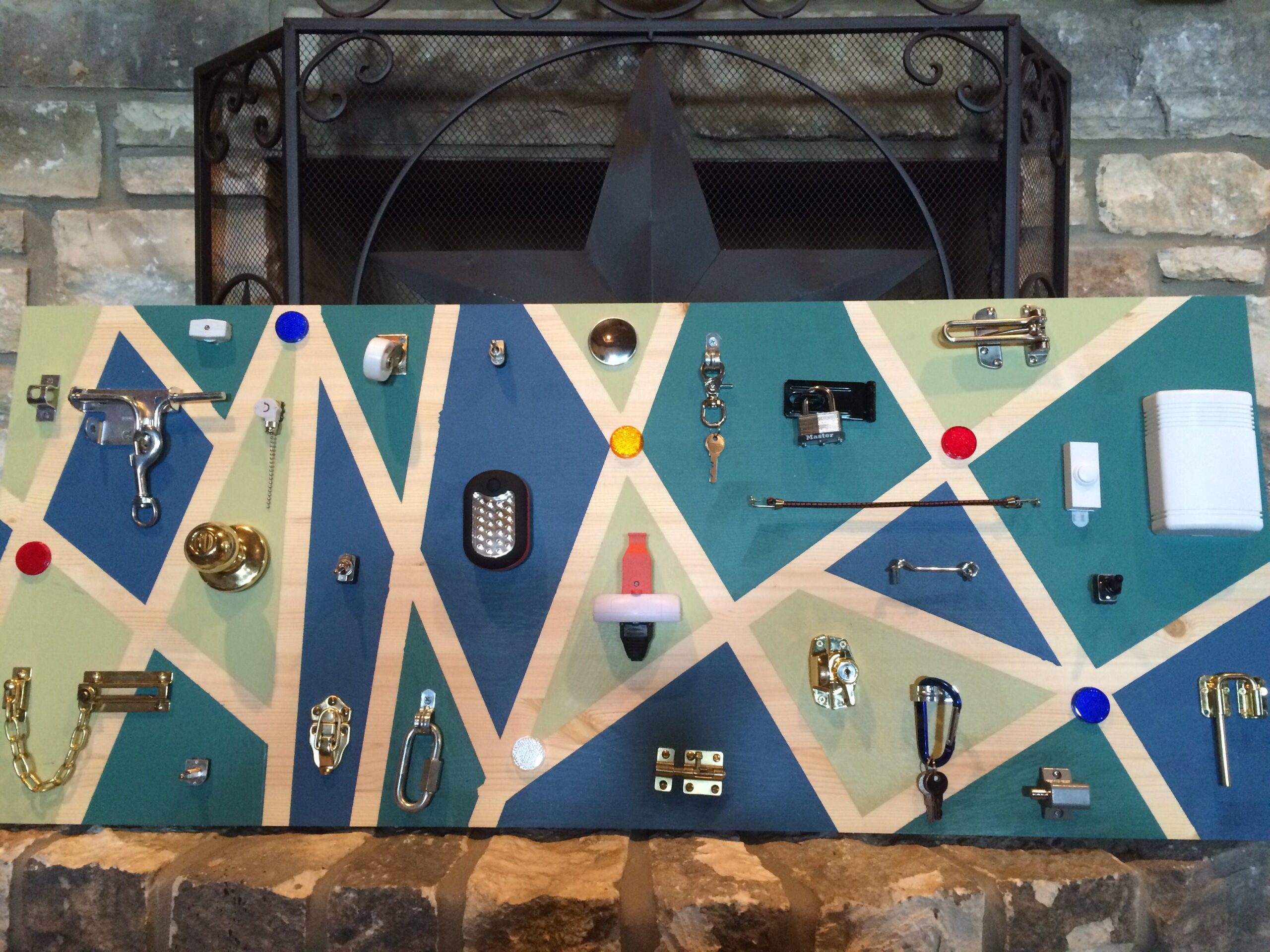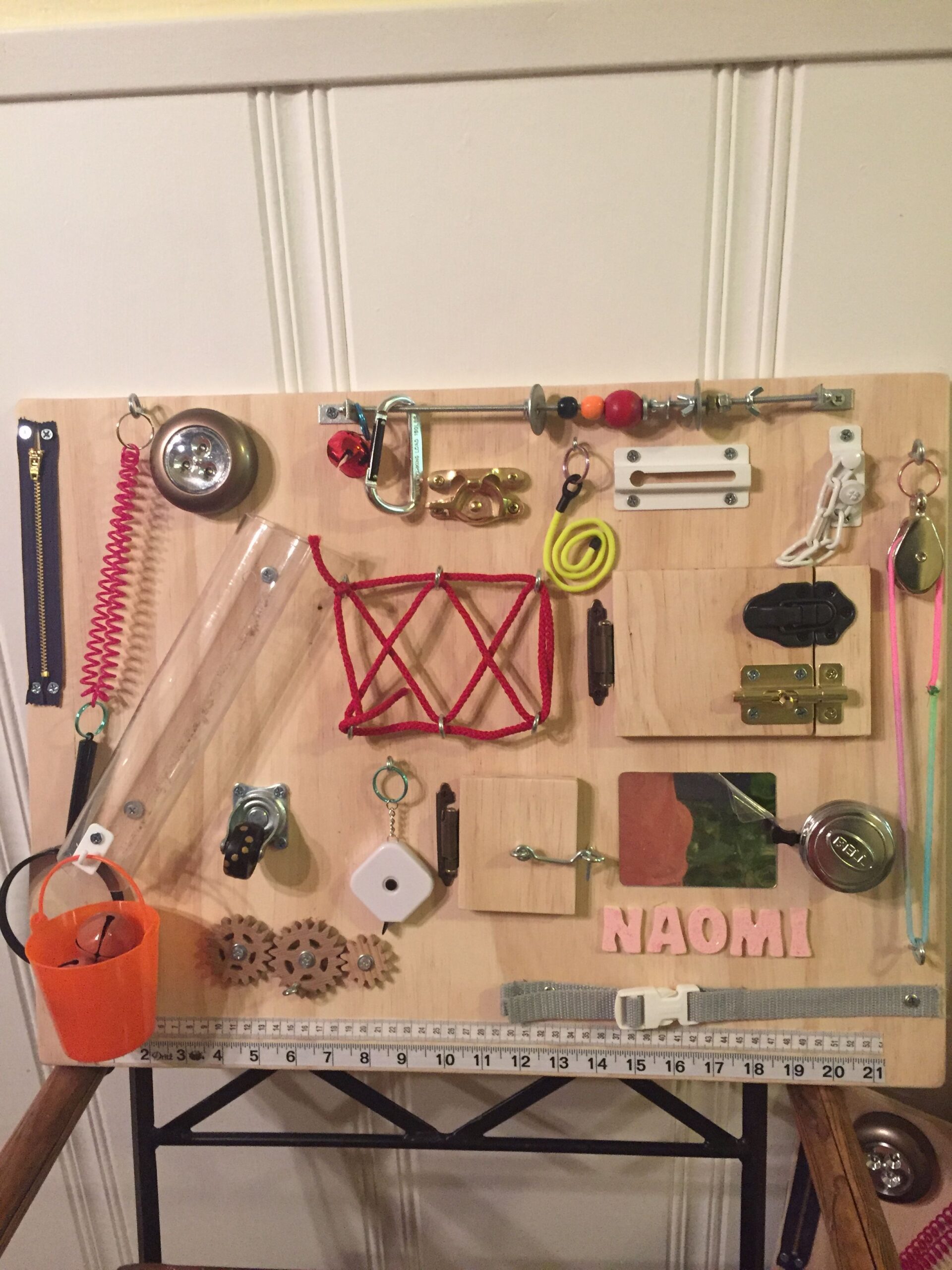Blog
Unlocking Fun: The Magic of Locks and Latches Busy Boards
Hey there, fellow parents, caregivers, and enthusiastic DIYers! Are you on the hunt for engaging, educational toys that will keep your little ones busy for hours? If so, you’re in for a treat because today we’re diving into the wonderful world of locks and latches busy boards! These aren’t just any toys; they’re interactive play stations that help kids learn essential skills while having a blast. So grab your crafting supplies or get ready to shop, and let’s explore why locks and latches busy boards are a must-have for your little explorers!

What is a Locks and Latches Busy Board?
First things first, let’s clarify what a locks and latches busy board actually is. Imagined as a board adorned with various locks, latches, clasps, and other fasteners, these boards are designed primarily for tactile engagement and fine motor skill development. Picture a large piece of wood or sturdy cardboard, featuring a medley of colorful switches, buttons, doors, and knobs—all ready for tiny hands to manipulate.
These boards typically include things like:
- Padlocks with keys
- Bolt latches (you know, the ones that click when you slide them)
- Hasps for an added layer of challenge
- Snap hooks for a satisfying click
- Zippered pockets or lift-the-flap elements
- Chains for a bit of extra texture
The versatility means there’s truly something for everyone, and the best part? Kids learn while they play! It’s like a playground for their fingers!
The Benefits of Busy Boards
- Fine Motor Skills Development
One of the primary perks of busy boards is that they promote fine motor skills. The simple act of manipulating locks and latches strengthens the tiny muscles in your child’s hands and fingers. This is crucial for future skills, like writing, buttoning shirts, and even tying shoes. Plus, every click and clack brings the added bonus of satisfying noises—what toddler doesn’t love a good sound effect?
>>>Read more: Unlock Your Child’s Motor Skills with a Fun Montessori Activity: Boxes with Surprises
- Hand-Eye Coordination
As children learn to operate different locks and latches, they’re simultaneously honing their hand-eye coordination. It’s amazing how a kid’s ability to control their movements improves when they focus on aligning their hands with visual tasks. Whether they’re lifting a latch or spinning a knob, every interaction sharpens their coordination.
- Problem-Solving Skills
Busy boards can be great mini problem-solving challenges. Kids often have to figure out which key fits into which lock, or how to manipulate a latch to open a door. It’s like their very own escape room—without the pressure! This process not only builds their cognitive skills but also boosts their confidence as they successfully encounter and solve puzzles.
- Sensory Play
Many busy boards come with elements that tickle the senses. We’re talking textures, colors, sounds, and even scents in some cases! This sensory play is incredibly important for child development, helping them understand the world around them. Plus, the satisfaction of toggling a latch or pulling a chain is something they’ll proudly revel in!

- Independent Play
In a world where children are increasingly distracted by screens, locks and latches busy boards offer a fantastic avenue for independent play. Kids can immerse themselves in the task at hand, encouraging self-directed exploration and creativity. While they get lost in their marvellous fiddling, parents can sneak in a moment or two of peace!
How to Make Your Own Busy Board
Feeling inspired? Making your own locks and latches busy board can be a fun project for you and your little ones! Here’s a simple step-by-step guide to create your interactive masterpiece.
Materials Needed:
- Base board: a piece of plywood, cardboard, or a sturdy canvas
- Locks and latches: you can find these at your local hardware store, or raid your household for anything that fits the bill (old padlocks, cabinet latches, etc.)
- Paint or decorative paper (optional): to jazz up your board
- Drill: for attaching item securely (ask for help if you’re not experienced!)
- Screws and glue: keep those pieces in place
- Safety gear: ya know, just in case
Steps:
- Design Your Board: Plan how you want your locks and latches arranged. Lay them out to see what fits best without overcrowding.
- Prepare Your Base: If you’re using wood, give it a good sanding to remove any splinters.
- Paint It Up: Customize the board to match your child’s interests. Bright colors, fun patterns, or even chalkboard paint for added versatility are all great ideas!
- Attach Locks and Latches: Use your drill to securely fasten each item to the board. And remember, safety first—make sure nothing is too sharp or hazardous.
- Add Extra Elements: Think about incorporating additional features, like mirrors, wheels, or even a small basket to store the keys.
- Let Your Child Explore: Once complete, give your little one the green light to start playing! You might need to guide them at first, but soon they’ll be off on their own adventure.
Where to Buy Busy Boards
If DIY is not your thing, no worries! Many reputable educational toy brands design and sell beautiful busy boards. Online marketplaces like Etsy are gold mines for handcrafted boards with unique designs, or you might find a gem at your local toy store. Just be sure to check for durability and safety before making a purchase.

In Conclusion
Locks and latches busy boards are not just toys—they’re gateways to skill development, exploration, and fun! They blend learning and play in a way that captivates young minds, fosters independence, and develops crucial motor skills. So whether you’re crafting your own masterpiece or looking to buy one, your little adventurers are in for a world of discovery. Happy playing, and unlock those smiles!
